You might have seen wines with a label that says it contains sulfites and others with no sulfites. As much as possible, wines must keep this compound to a minimum as it may trigger an allergy in some people. If you’re making wine, here’s how to remove sulfites from wine.
1. Hydrogen Peroxide
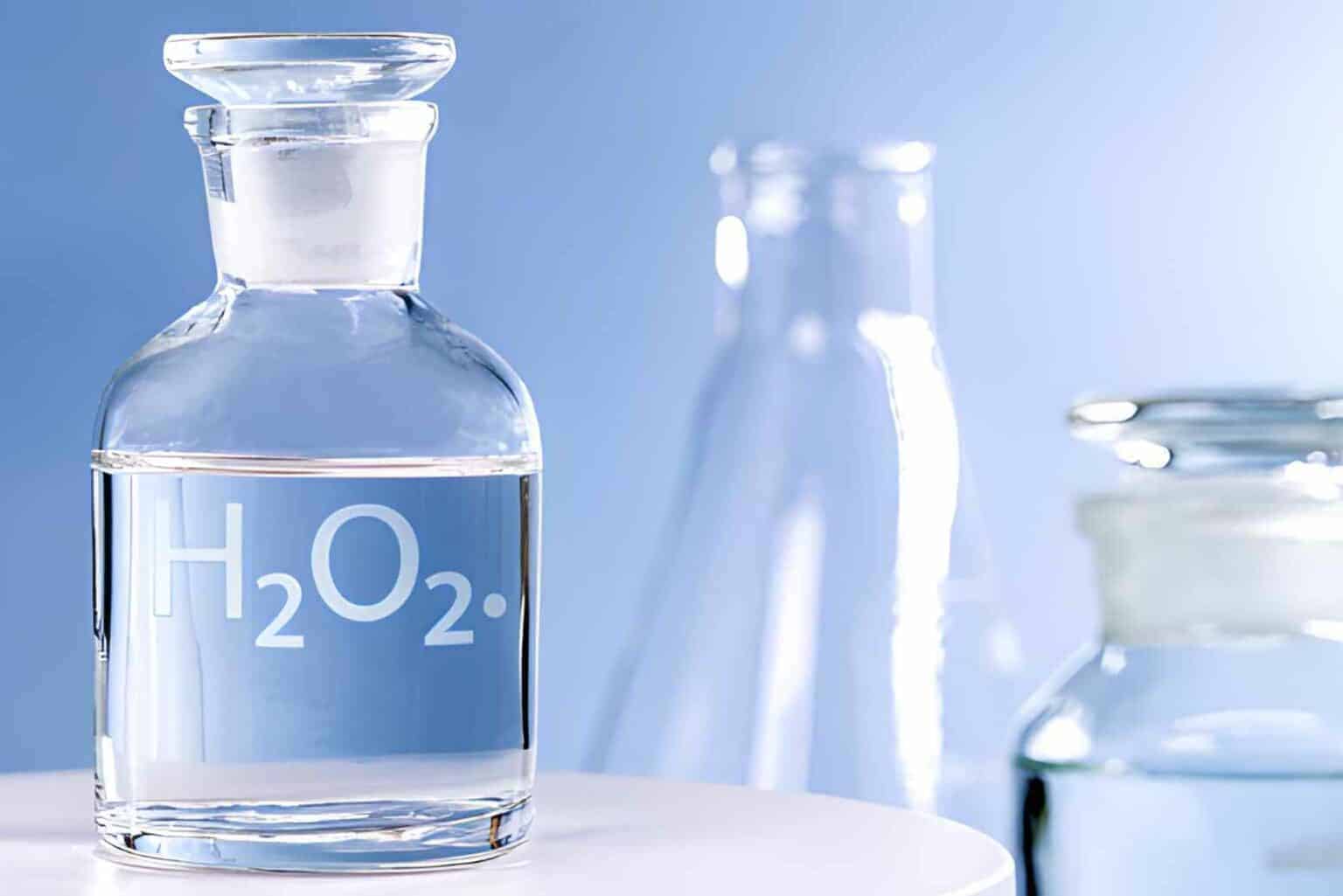
One common way to remove sulfites from wine is using another compound, hydrogen peroxide. The elements in the hydrogen peroxide react with the sulfites by oxidizing them. Combining the two solutions will create hydrogen sulfate, removing the sulfite problems.
However, to successfully work, you must know the level of the sulfite in your wine and add the amount needed hydrogen peroxide.
The standard ratio for this solution is adding ¼ teaspoon of 3% H2O2 per 80 mg/L of sulfites in a bottle of wine. It would be best to dilute the hydrogen peroxide first and slowly add it to the wine.
Many people opt for this solution when they deal with sulfite in their wine. This method seems simple, but you must know what you are doing. If you do not use sufficient caution, you might end up with sulfuric acid instead of hydrogen sulfate in your wine.
Sulfuric acid is a very harmful chemical that may burn your mouth and stomach when drunk. Even exposure to high levels of sulfuric acid may irritate. So, make sure to do your research before using hydrogen peroxide.
2. Ullo Wine Purifier
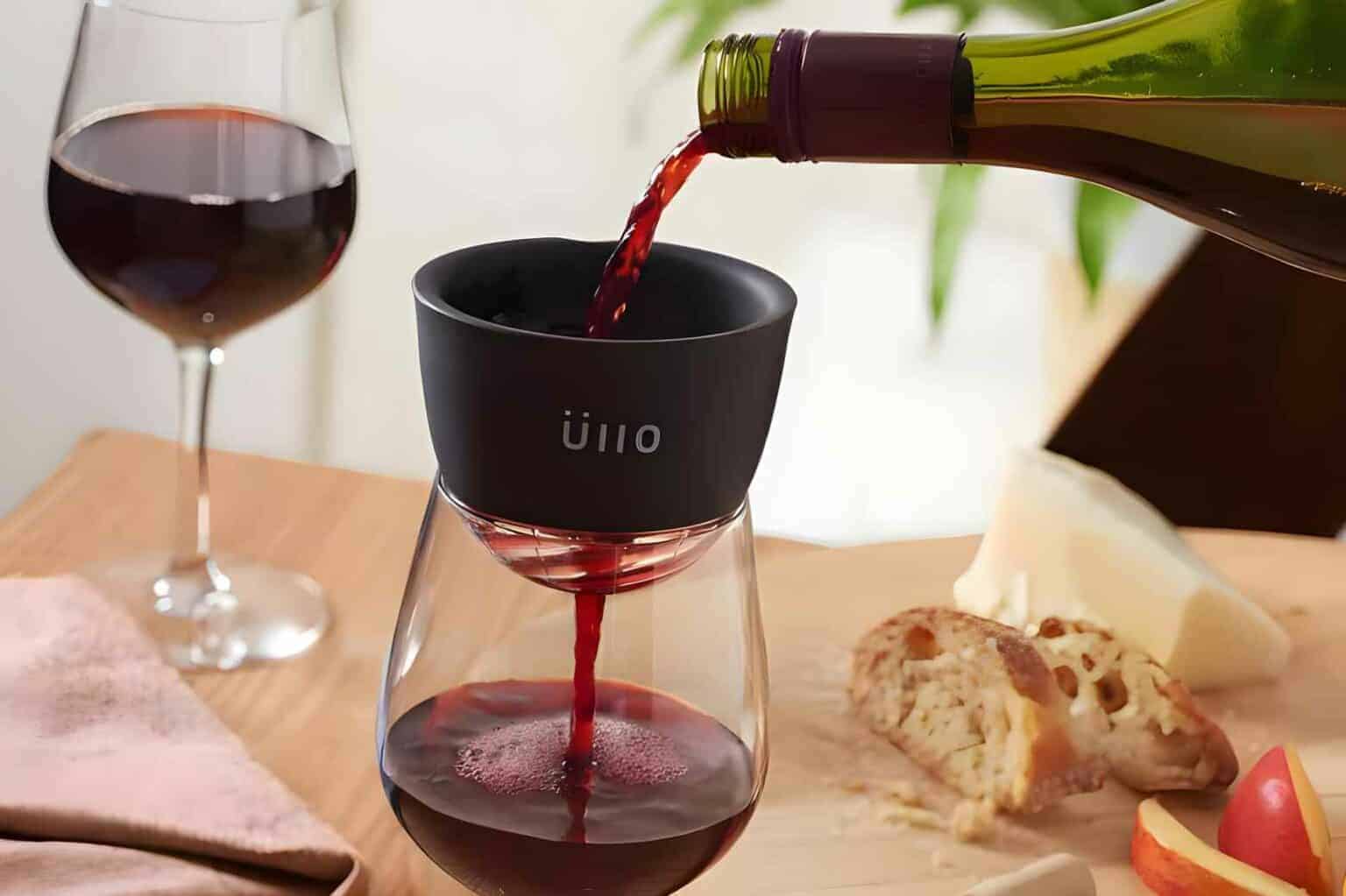
Maybe you have heard about Ullo Wine Purifier. They have two kinds of wine cleaner, the original and chill, which reduces the temperature of the wine as you pour. According to the company, using this gadget will remove the sulfite preservatives in the wine.
It has a Selective Sulfite filter to ensure that it only draws what it intends to remove and maintains the other elements. There are two goals on why they want to remove the sulfite.
Firstly, sulfite is an allergen that might cause a reaction in a person. Secondly, it makes the wine taste bitter, so removing the sulfite will make it more enjoyable.
The design of this technology is simple yet convenient. It can fit into any wine glass and is easy to disassemble. It is straightforward to use as you will only pour the wine into the Ullo Wine Purifier and purify and aerate the wine as it goes down to your glass. Aerating the wine balances the flavor more.
You may also turn it off if you do not want it.
Those who have tried using this gadget say that it is a life-changer. People notice the change when they use the Ullo Wine Purifier. Even the best wines taste even better when they use the device.
3. Sulfite Remover Drop
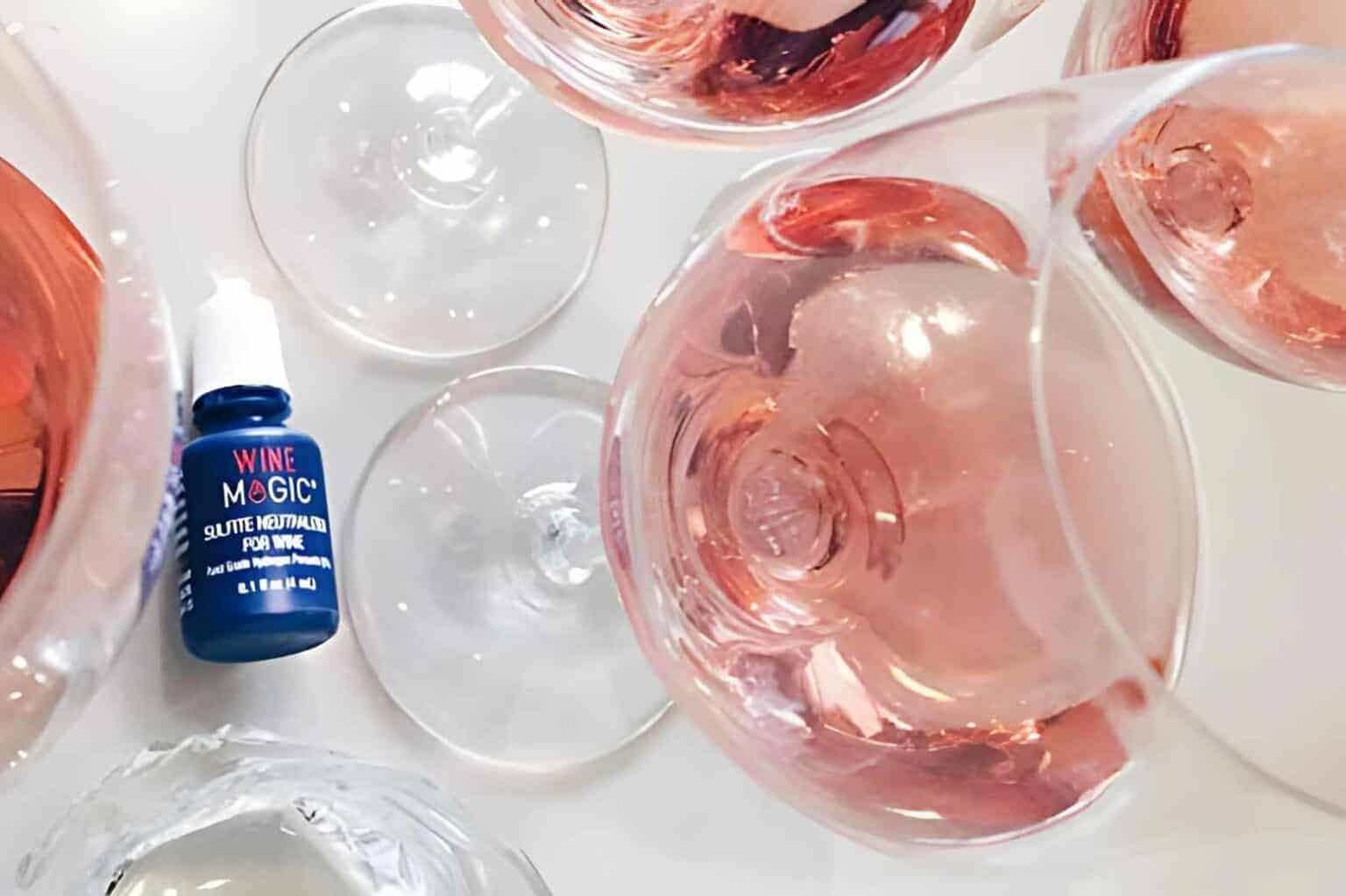
For a quick and safe solution, you can buy sulfite remover drops, including food-grade hydrogen peroxide, egg whites, and sunflower lecithin. These ingredients not only neutralize the sulfite, but it allow red wines to have a mellow taste and smoother texture.
You must add only a few drops of the solution to your glass of wine and swirl it. The sulfite removal drop will last nine bottles of wine as it does not take much to remove the unwanted compound.
This method is also a great choice if you love the taste of the wine. Unlike the Ullo Wine Purifier, using this drop will not change the taste of the wine too much and only remove the sulfite. The sulfite removal drop will allow you to enjoy wine without the consequences of headaches and allergies.
Many people love using these sulfite removal drops as it is more discreet than other options. They can carry it anywhere and will not be embarrassing to use in restaurants. Furthermore, buying this will not cost too much fortune.
4. Wine Sensitive Filter Sulfite Remover
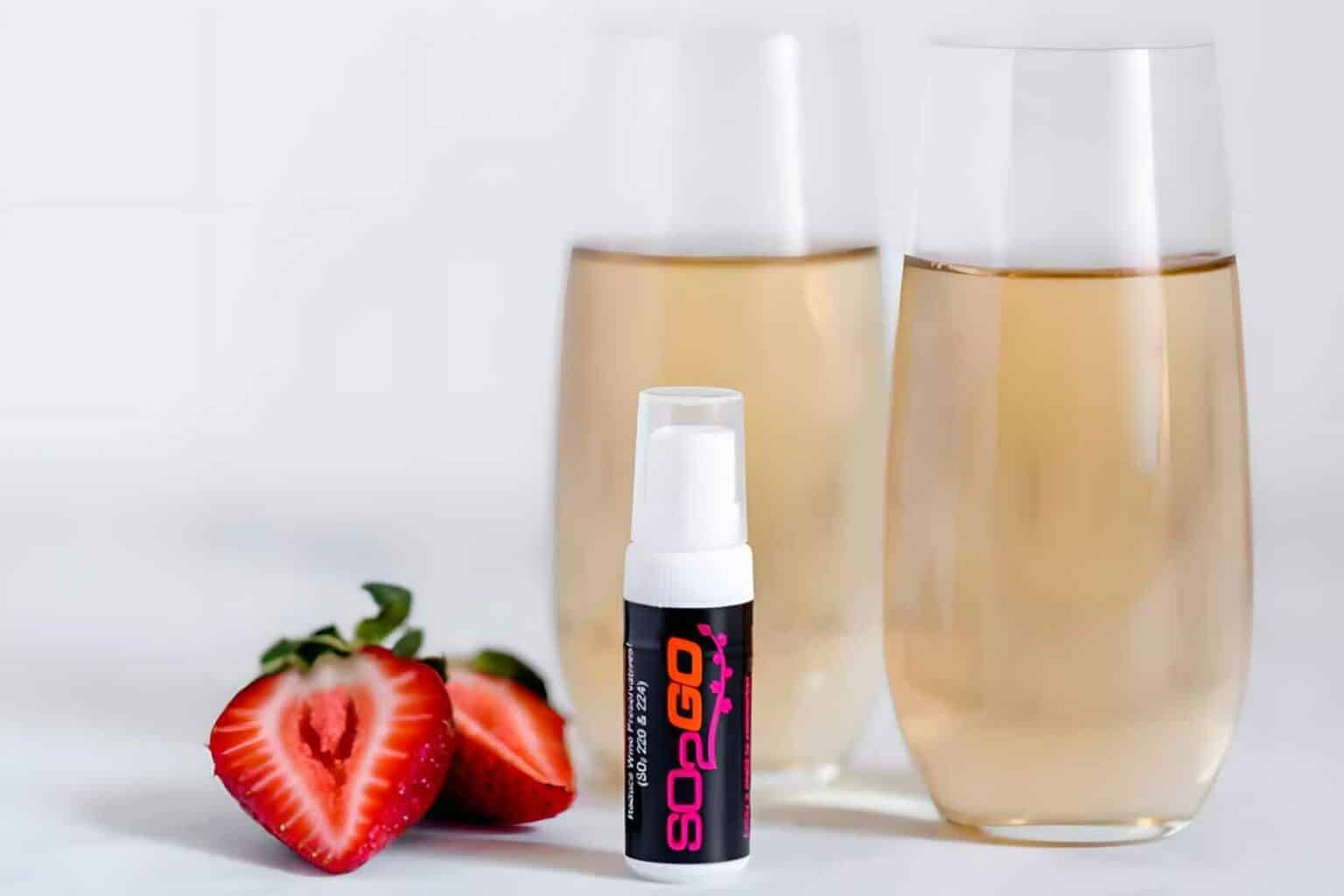
This Wine Sensitive filter sulfite remover only contains natural organic ingredients from the Black Sea. It is an excellent alternative to drops, especially if you are afraid of adding more chemicals to oxidize the sulfite.
If you already like the taste of the wine and want to deal with the headache and hangover problem, you may try to use this filter. It will not change the flavor of the wine whatsoever, so you will still be enjoying a full-body wine. Furthermore, the packs do not cost that much and are worth having.
One filter can already neutralize a whole bottle in just 5 minutes. Imagine having a stock of this product, ready to be used. Wine Sensitive filter sulfite remover is famous in European countries, and other parts of the world use it.
5. The Wand: Wine Purifier and Sulfite Remover
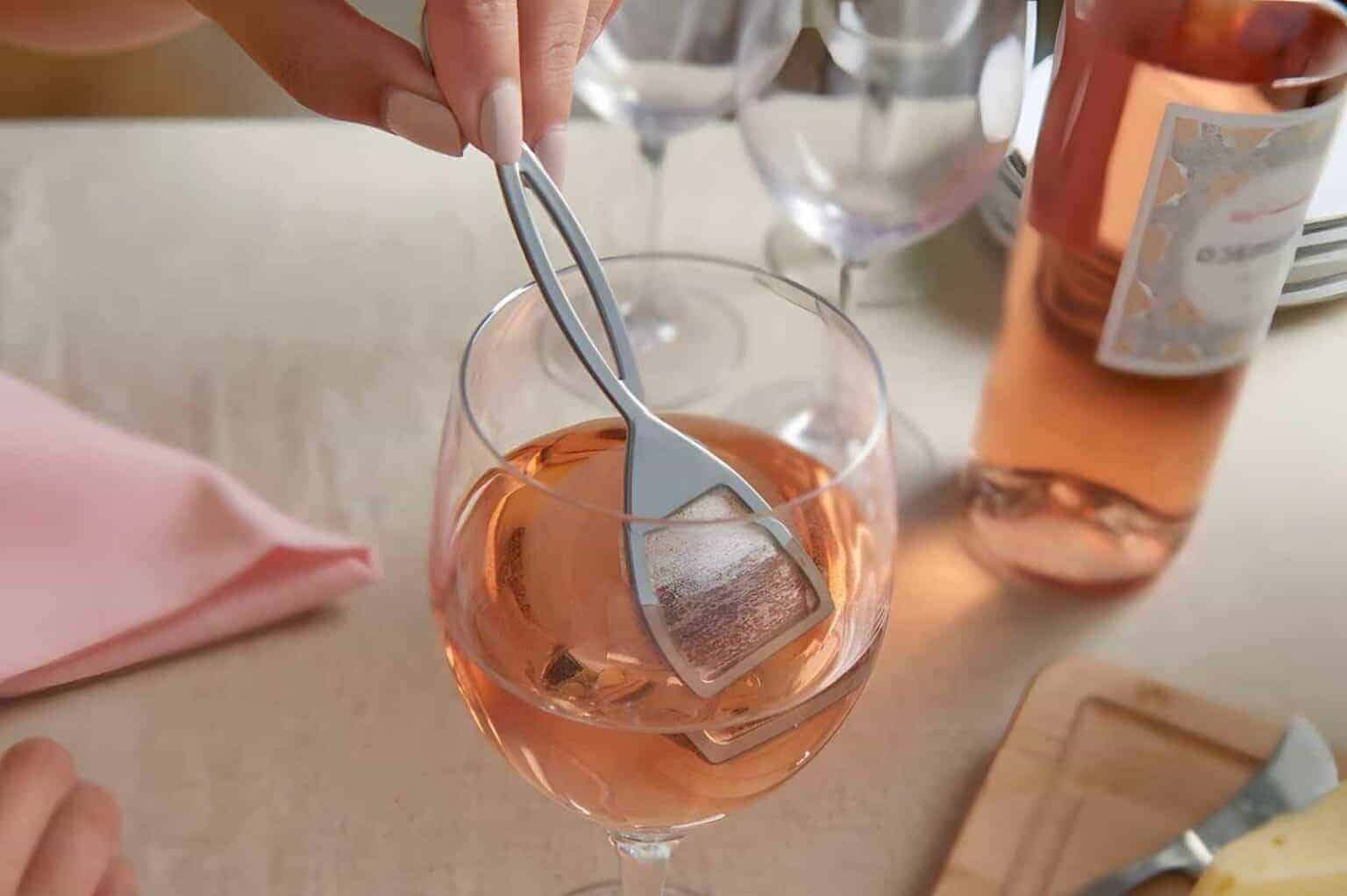
If you cannot wait for 5 minutes to enjoy your wine, the wand allows you to enjoy your wine quicker for just 3 minutes. It has no chemicals, making it a hundred percent safe to use. Unlike the filter, this product will enhance the flavor of your wine, and you can only use it per glass.
Instead of swirling the glass of wine, you will stir the wand just like mixing a coffee. It allows the filter in The Wand to catch the impurities and the sulfite. You can see the chemicals your rod has acquired as it darkens.
Once you use the wand, you must dispose of it to avoid cross-contaminating the other glass. The rod is interactive as you can mold them into different shapes. It adds charm to your drink and can act as a marker to let others know that it is yours.
6. The Wave by PureWine: Wine Aerator and Filter
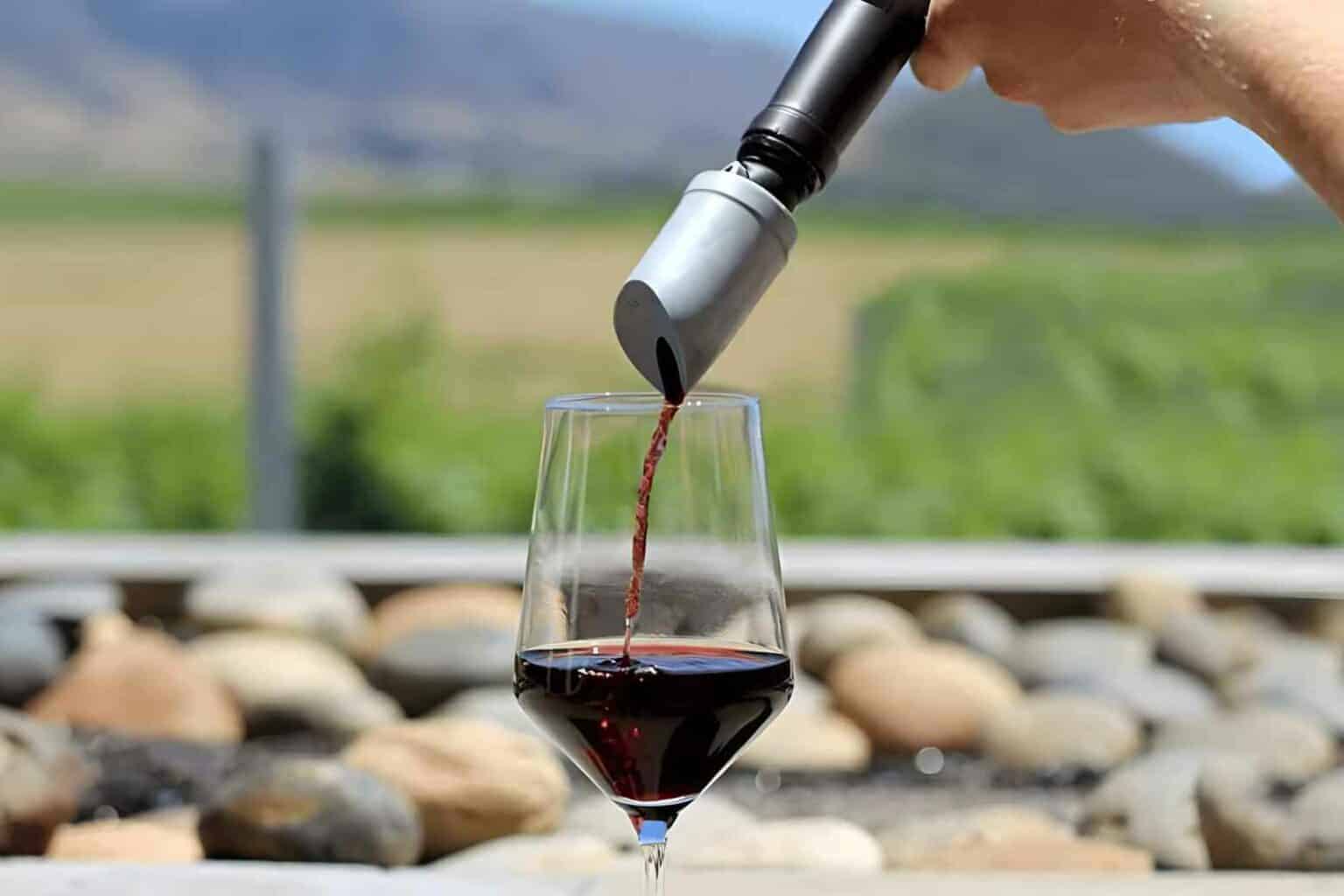
This device is perfect if you want to have a reduced sulfite in every pour of wine. Instead of curing what is in your glass, this will filter what comes out of the bottle. It has a simple yet elegant design.
It is a small technology that you place on top of the bottle, so you can bring it anywhere, especially if you will be having a picnic.
Despite removing the sulfate, it maintains the flavor and aroma as you pour the wine. And when you have an opened wine bottle that lost its spirit, using The Wave will restore its body. It oxidizes the wine and returns it to its natural state.
The company did a great job with the design for this device to avoid wasting available great wines. However, it is single use, so you will have to use another for a new bottle of wine.
7. ZORTUNG Wine Aerator

For a long-term sulfite filter, the ZORTUNG Wine Aerator will fit your needs. It has two processes for filtering the wine; the top part has an ultra-dense filter that removes the residue in the wine. This first process creates a smoother texture for the wine.
After passing through the filter, the wine will go through the one sec-unique wind eye stirring design with a scientific reason.
According to Bernoulli’s principle, the faster a fluid moves, the less pressure. As the device stirs the wine, it incorporates the right amount of air and removes the sulfite and tannin in the wine. In return, the process makes the wine more mellow.
You may use this device multiple times, and it will not wear out. It is also effortless to clean; have running water pass through it.
8. Make Your Wine
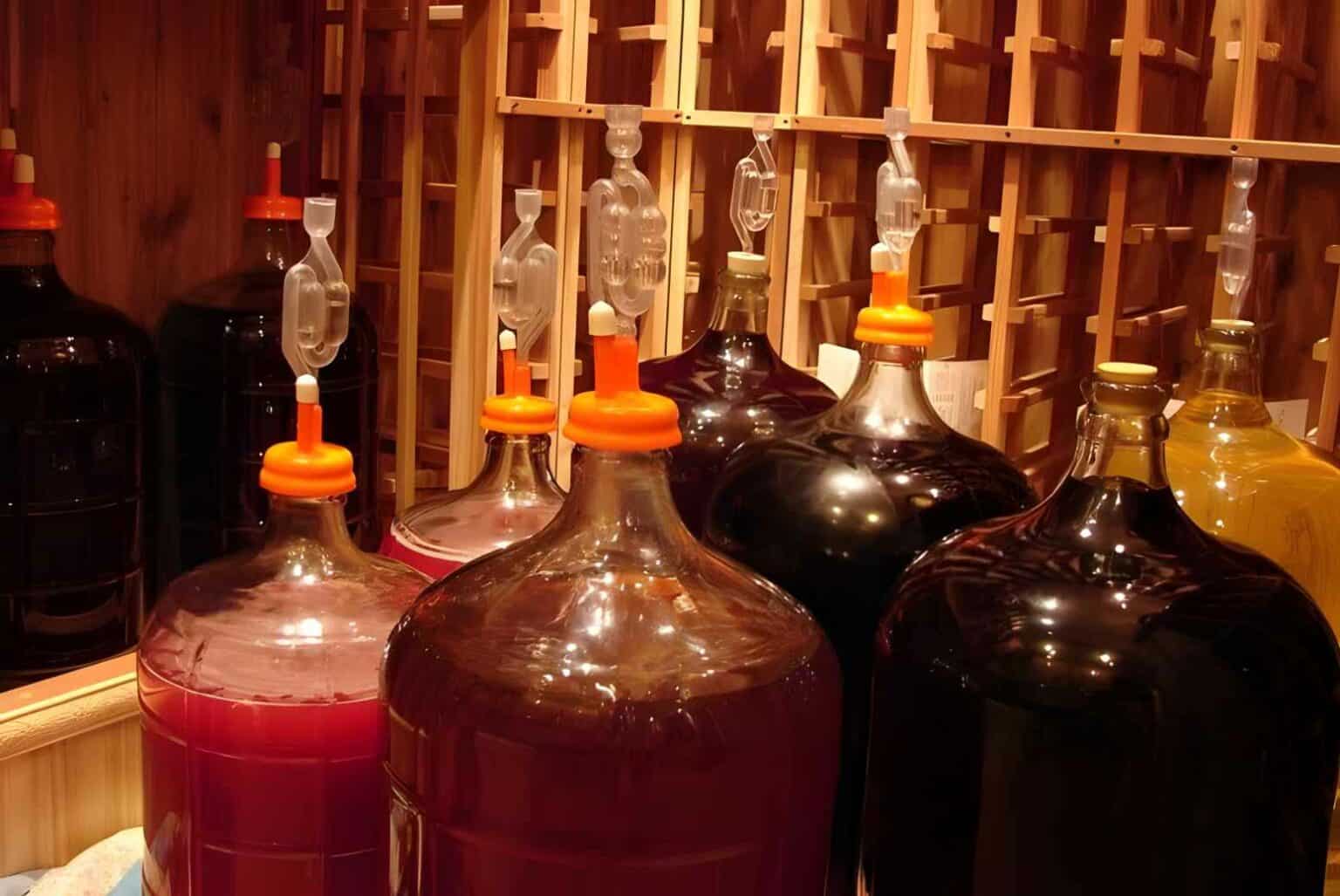
One of the beauties of winemaking is that you can control what goes in the mixture and the quality of the product.
Some wineries intentionally use sulfites in their wine to remove the microbes and bacteria and as an anti-oxidant agent. When making your wine, you may skip this step as wines can already have a natural sulfite in them.
To reduce sulfite, you may do many things. Ensure that the fruit you use is appropriately clean to minimize the microbes. While the wine is fermenting, avoid too much oxygen contact. Choose a good yeast for the fermentation to prevent organisms from forming as you do not have sulfites to kill them.
When you start to bottle up your wine, you must prevent oxygen contact as much as possible. A way to ensure this is to gas the bottles with CO2 or carbon dioxide. Lastly, try to keep the pH level to a minimum while increasing the alcohol level, as bacteria hate to live in these states. Dry red wines are the best wines to make with low sulfite.
If this is your first time making wine, here is a video tutorial to guide you. You may also use other fruits in winemaking.
Conclusion
You cannot indeed avoid sulfite, but you may reduce it. You can use devices anytime you want to enjoy a glass of wine. These ways of how to remove sulfites from wine may maintain the flavor, while some enhance it even more.
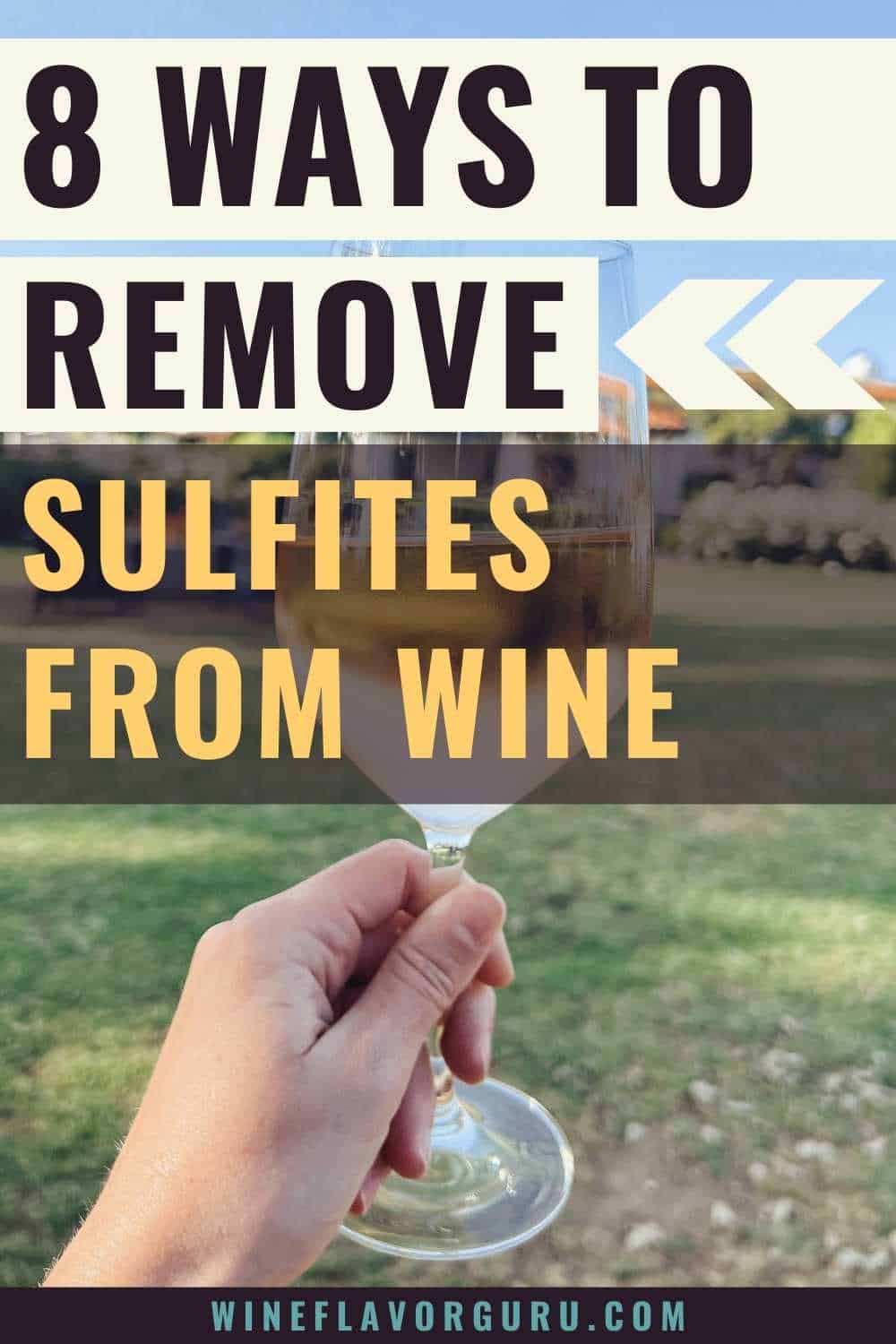

George Moore, co-founder of Wine Flavor Guru, is a charismatic entrepreneur with a rich background in California’s wine industry. Alongside Sylvia, he transformed a Sonoma County vineyard into a source of premium wines. George’s expertise in sourcing exceptional grapes and his approachable style make wine appreciation both accessible and engaging.
